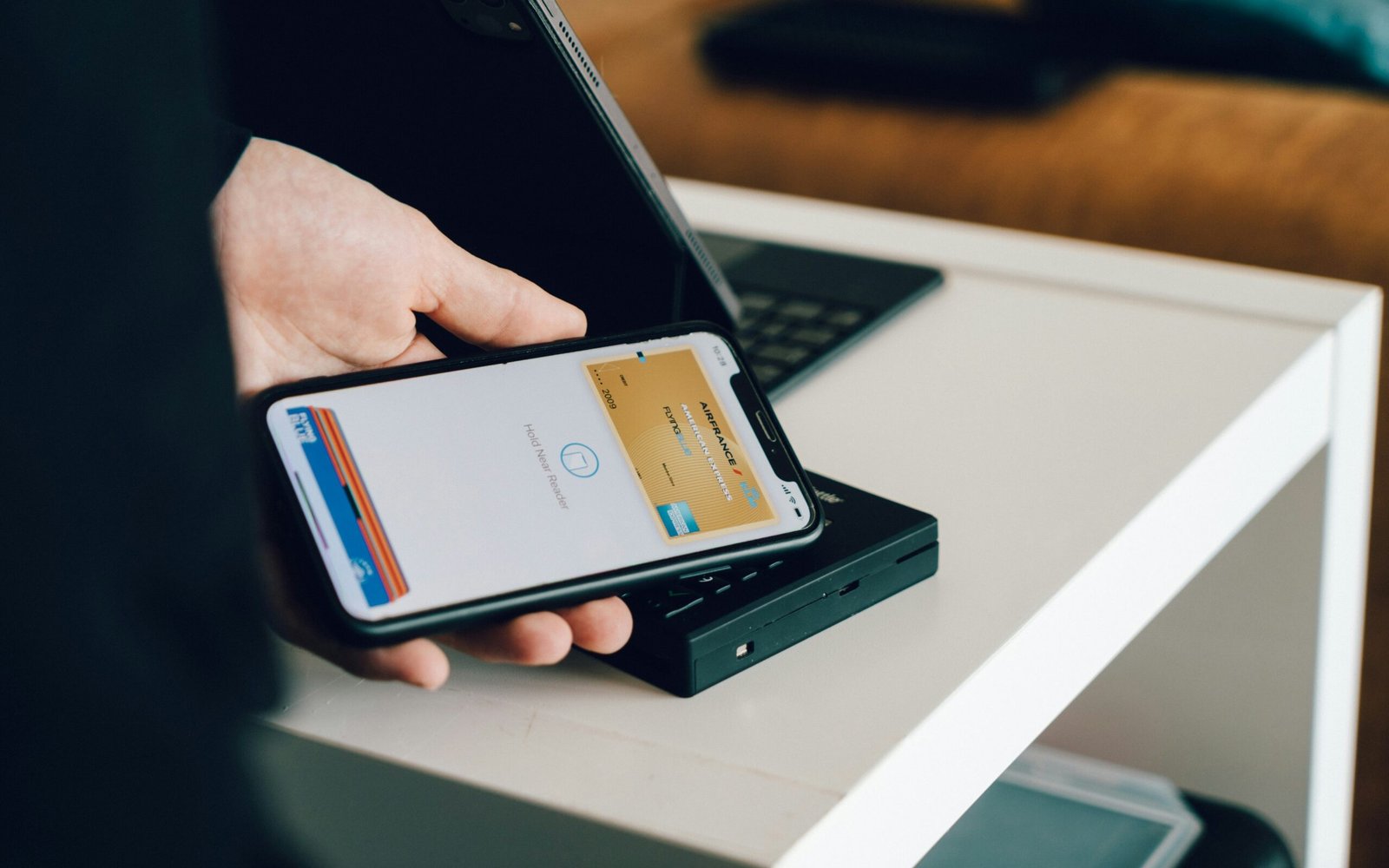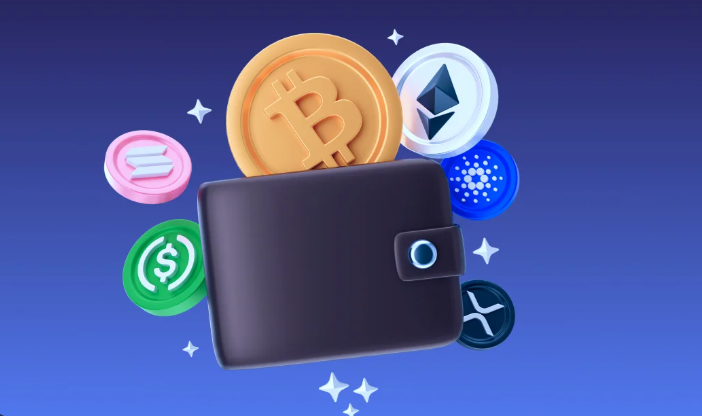A Comprehensive Guide to Creating and Managing Wallets on Binance

Introduction to Binance and Wallets

Binance is one of the world’s leading cryptocurrency exchange platforms, recognized for its extensive range of services, including trading, staking, and savings options. Founded in 2017, Binance has rapidly evolved, garnering a vast user base and a significant volume of transactions daily. The platform not only provides various trading pairs but also offers advanced trading tools and analytics for users, making it an essential resource for both novice and experienced traders. Binance metrics, such as market depth and liquidity, play a critical role in facilitating effective trading strategies and informed decision-making.
Understanding the importance of wallets within this context is key to utilizing Binance effectively. A wallet is a digital storage solution that allows users to hold, send, and receive cryptocurrencies. With the increasing proliferation of cryptocurrencies, managing these digital assets securely has become paramount. There are primarily two types of wallets: hot wallets and cold wallets. Hot wallets are connected to the internet, making them convenient for daily trading on Binance, as they enable quick access to funds and easy transactions. However, due to their online nature, they are more vulnerable to hacking and other cyber threats.
On the other hand, cold wallets are offline storage solutions that provide enhanced security for long-term holdings. They are ideal for users who wish to store a significant amount of their crypto assets without the risk of online exposure. Utilizing both wallet types, users can maintain a balance between accessibility for trading on Binance and security for their investments. The responsible management of these wallets is crucial for any cryptocurrency user, as it helps mitigate risks associated with loss or theft, thereby contributing to a more secure trading experience.
Creating Your Binance Wallet
Creating a wallet on Binance is a straightforward process that enables users to securely store, manage, and trade cryptocurrencies. To begin, navigate to the official Binance website and click on the “Register” button, which is typically located at the top right corner of the homepage. You will be prompted to provide your email address and create a password. It is crucial at this stage to use a strong password that combines letters, numbers, and special characters to enhance security.
Once you submit your registration, Binance will send a verification email. Click on the link provided in the email to confirm your account, thereby completing the basic registration process. After account verification, users must proceed to complete identity verification, which is crucial for complying with regulatory measures. This process may involve submitting identification documents such as a passport or driver’s license, and providing personal information to solidify your identity on the platform.
After successful verification, you can access your wallet functionalities by logging into your account. This area allows you to view your balance, deposit cryptocurrencies, and execute trades. To maximize security during setup, it is advisable to enable two-factor authentication (2FA) on your account. This extra layer of security requires a second form of identification, usually through a mobile authenticator app like Google Authenticator. In addition, users should regularly monitor their active sessions and utilize withdrawal whitelist features to limit transactions to specific wallet addresses.
Lastly, familiarize yourself with the various Binance metrics and analytics tools available in your account, which can significantly enhance your trading on Binance. By understanding these functionalities, you can make informed decisions and better manage your cryptocurrencies effectively.
Managing Your Wallet on Binance
Managing your portfolio on Binance is a crucial aspect of engaging in cryptocurrency trading. Binance provides users with an array of wallet management tools that facilitate the efficient handling of various cryptocurrencies. Upon creating a wallet on Binance, the first step involves depositing funds. This process can be accomplished by navigating to the “Wallet” section, where users can select the option to deposit. Binance supports numerous cryptocurrencies, making it easy to add different assets to your wallet.
Withdrawals are equally straightforward. Users simply need to select the specific cryptocurrency they wish to withdraw, input the relevant address, and confirm the details. It is essential to double-check the wallet address, as sending funds to the wrong address can result in the permanent loss of assets. Users can also engage in asset exchanges directly within their wallets, allowing for the conversion of one cryptocurrency to another without needing to access separate trading interfaces. This streamlined process not only enhances convenience but also allows for more effective trading on Binance.
Another significant feature provided by Binance is the ability to track transaction history. Users can view their past transactions, including deposits, withdrawals, and exchanges, which aids in maintaining accurate financial records. Keeping track of wallet balances is vital for making informed trading decisions. Users are encouraged to set alerts for substantial transactions or significant price changes. Such alerts can be configured through the Binance app or website, ensuring that users remain informed about their wallet activities and market movements.
The features offered by Binance for wallet management significantly enhance a user’s ability to engage in cryptocurrency trading. By utilizing these tools, users can better manage their assets and make informed decisions based on comprehensive binance analysis.
Security Tips for Your Binance Wallet
Ensuring the security of your Binance wallet is paramount for safeguarding your digital assets. As cryptocurrency transactions increase in popularity, so do the tactics employed by malicious actors. Following essential security practices can considerably mitigate the risks associated with trading on Binance and keep your funds secure.
First and foremost, it is crucial to keep your private keys confidential. Your private keys serve as the sole access point to your cryptocurrency, and losing them compromises your wallet’s security. Never share your private keys with anyone or store them on online platforms. Instead, utilize hardware wallets, which provide an extra layer of security by keeping your keys offline.
Recognizing phishing attempts is another vital practice. Phishing emails or counterfeit websites may attempt to deceive you into disclosing your login credentials or private information. Always verify the URL of the Binance website before entering any sensitive information and look for indicators such as HTTPS and the secure lock icon in your browser’s address bar.
Regularly updating your security settings on Binance is also advisable. Enable Two-Factor Authentication (2FA) to add an additional safeguard against unauthorized access. Additionally, review your account activity periodically for any suspicious transactions. Changing your password frequently and using a unique, strong password will further enhance the security of your wallet.
Here are some dos and don’ts for wallet security:
Dos:
1. Enable all available security features on Binance.
2. Use unique passwords for your accounts.
3. Back up your wallet data regularly.
4. Keep your software and devices updated.
Don’ts:
1. Share your private keys or passwords.
2. Use the same password across multiple accounts.
3. Click on suspicious links, or download unknown attachments.
Moreover, consider employing additional security tools, such as VPNs and anti-virus software, to further safeguard your trading on Binance. Implementing these methods ensures your Binance wallet remains protected against potential threats.








